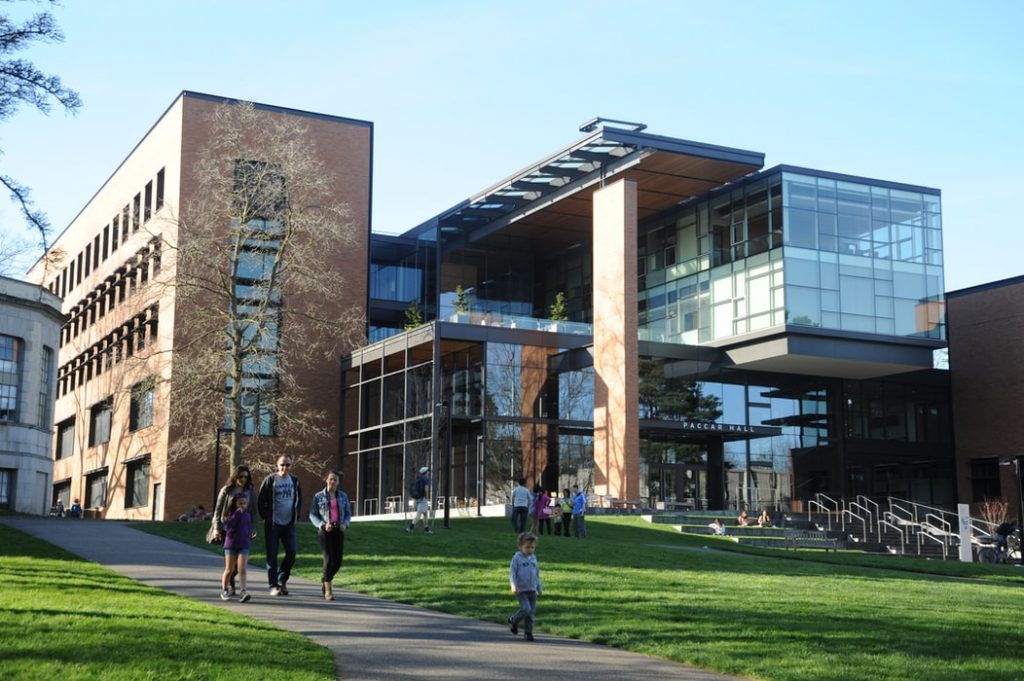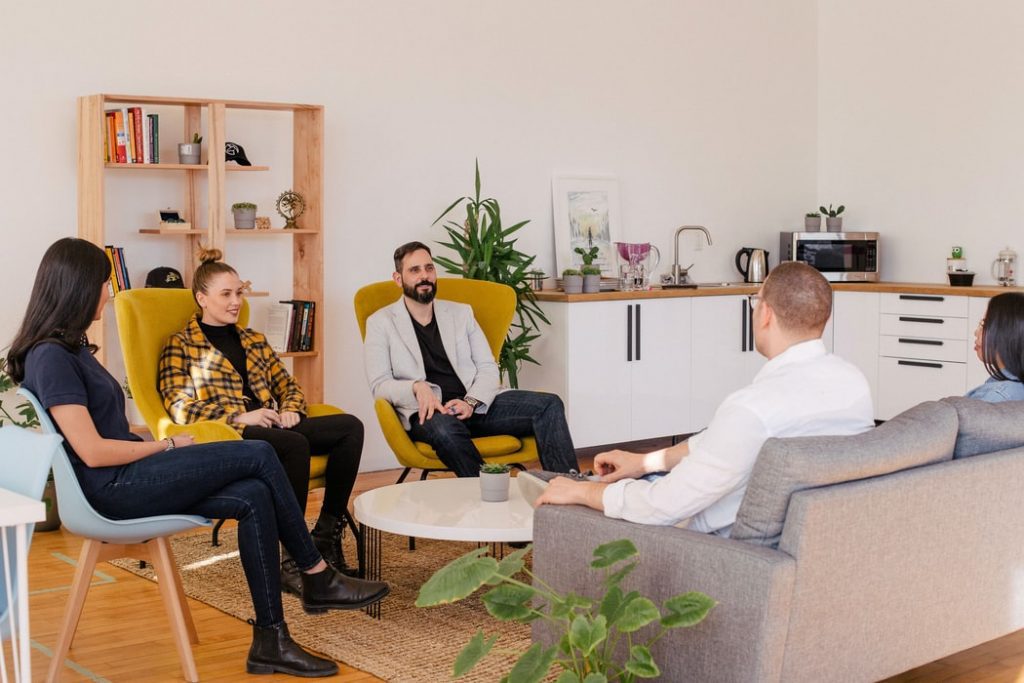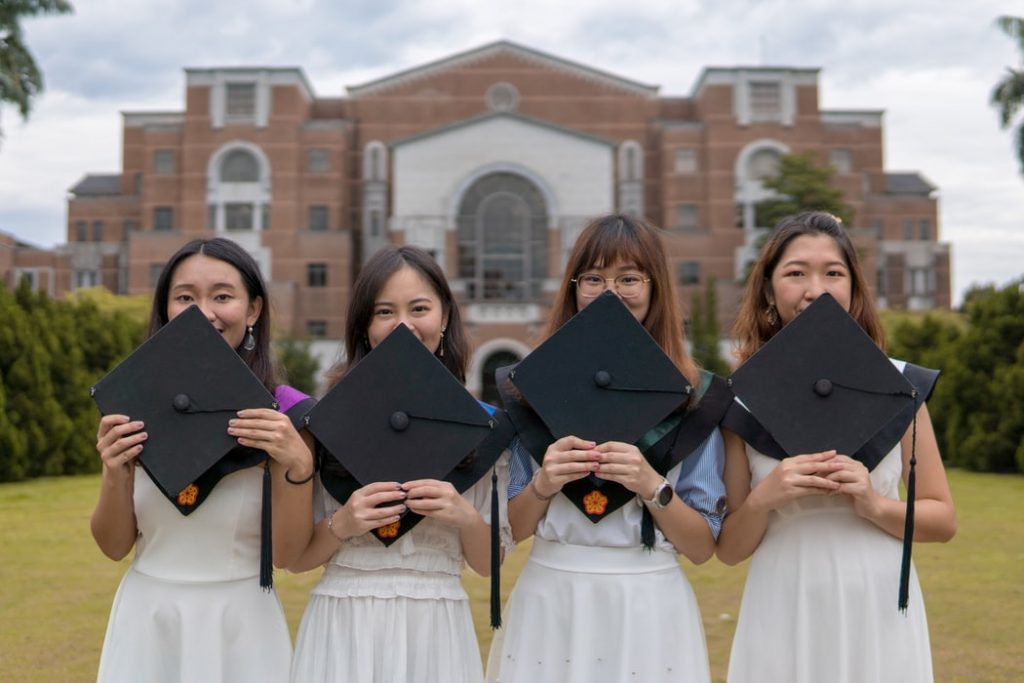World Class Universities and Companies, USA has it all


Public Universities / State Universities
Public universities in the US, also often called state universities, receive some level of public-sector funding, via the state government. You may also find them alluded to as public or state colleges or schools, though both “college” and “school” are also used when referring to a single department or faculty within the university, such as the Law School or College of Engineering.
State universities are often (but not always) part of a state university system. This is a collection of public universities which operate separately, in different locations of the state, but with some shared management and administration. An example is the State University System of New York (SUNY), one of the largest state university systems, which comprises more than 60 campuses spread across the state of New York.
As state universities are supported by public funding, they usually charge lower tuition fees than private universities – though the actual amount students pay can vary vastly, especially once financial aid is considered. You’ll find two bands of fees listed: a lower rate for “resident” or “in-state” students (students from within the same state), and a higher rate for “non-resident” or “out-of-state” applicants. International students either pay the same fees as out-of-state students, or a separate international rate.
Community colleges
Also referred to as junior colleges, community colleges are also supported by state funding. They typically offer the chance to complete an associate’s degree, an undergraduate-level qualification which takes two years to complete. For this reason, community colleges are also often called “two-year colleges”, while other types of university in the US may be referred to as “four-year colleges”.
An associate’s degree can be beneficial and career-boosting in its own right, and can often also be used as the foundation for a bachelor’s degree, by completing a further two years’ study at another US university or college.
Community colleges tend to be on the smaller side, and their tuition fees are typically much lower than those at other types of university in the US. Like public universities, they’re sometimes grouped into state “systems”. The largest of these is the California Community Colleges System (CCCS), which governs more than 100 community colleges across the state.




Private non-profit US universities
While the majority of students in the US attend public universities and colleges, private universities account for a significant proportion of enrolments – and many of the country’s most elite and globally famed institutions. This includes the likes of Massachusetts Institute of Technology (MIT), Harvard, Yale, Princeton, Stanford, Caltech, Columbia, Cornell, Johns Hopkins, and many more.
While private universities do tend to dominate at the top of national (and international) rankings tables, it’s worth pointing out that they don’t have a complete monopoly. Leading public universities in the US, such as the University of Michigan and University of California, Los Angeles (UCLA) are held in equal esteem and are just as competitive when it comes to gaining admission.
Overall, fees at private universities tend to be higher than those at public universities and colleges. However, the initial “sticker price” is often significantly lower once financial aid is factored in, and the most prestigious institutions tend to also have the largest budgets available for providing scholarships and other funding.
Liberal arts colleges
A type of university which is especially prevalent and popular in the US, liberal arts colleges focus on teaching undergraduate-level courses in the liberal arts and sciences (although some also offer graduate-level programs and more vocational subjects such as medicine, business administration or law). They tend to be fairly small in terms of both overall enrolments and class sizes, and allow students to choose a subject to specialize in (a “major”), while also taking courses in a range of other fields.
Historically, liberal arts colleges have been known for their strong focus on teaching, individual student development, and the more academic (as opposed to vocational) side of higher education. The majority are run privately (as non-profits), though there are a few examples of public universities which are essentially liberal arts colleges, such as the University of Mary Washington, in the state of Virginia.




For-profit US universities and colleges
While most of the best-known universities in the US are classified as either “public” or “non-profit” organizations, the past few decades have seen a growth in the number of for-profit private universities and colleges. Unlike other types of university, for-profits operate as business ventures, aiming to make money for their shareholders as well as providing a good education for their students.
The trend towards more for-profit universities has generated significant controversy, with critics calling for stricter regulations to ensure students and families are ensured a good return on their investment. In the past few years, a stream of negative publicity has been followed by a decline in enrolments at for-profit universities, but they continue to play a significant role in the US higher education sector.
While the US remains the world’s most popular destination for international students, it’s also among the most expensive choices. But while the headline costs of studying in the US may be daunting, often involving a string of five-digit numbers, it’s worth checking all the facts on fees and funding options before you make up your mind.
In HSBC’s 2014 report on the costs of studying abroad in different locations, the US emerged as the third most-expensive option overall, behind Australia and Singapore. HSBC put the average annual cost of study in the US – including tuition fees and living expenses – at US$36,564. Multiply by four for most undergraduate courses and by two for most master’s degrees, and for the majority of prospective students, attending university in the US may seem about as realistic as crashing at the White House while you look for a place to live.




Costs of study at different types of US university
Anyone familiar with the basic rules of averages will have realized that the HSBC estimate is likely to include significant variation in either direction – and this is true. At the very top-tier US universities (the majority of which are private non-profits), fees and living costs are likely to add up to around US$60,000 per year, but it’s also possible to study in the US at a much lower outlay.
Those seeking a more affordable option may find lower tuition fees at US universities within the public sector. These are typically run as state university systems – collections of colleges within a state, which share some administrative aspects while operating as separate institutions. Public universities in the US have two tuition fee rates: one for state residents and one for everyone else. The second (more expensive) category applies equally to applicants from other US states and from other countries.
According to student support organization College Board, published tuition fees for 2014/15 at state colleges are an average of US$9,139 for state residents, and $22,958 for everyone else. This compares to an average of $31,231 at private non-profit colleges. The cheapest options of all, however, are public-sector two-year colleges – also known as community, technical or city colleges – where average fees for 2014/15 are just $3,347.
Admittedly, you can’t complete a full degree at a two-year college, but you can gain an associate’s degree. This counts as the first half of a bachelor’s degree, which can then be completed by transferring to a university for an additional two or three years.
Better research to options can lead to the suitable institutions as per individual’s need.
Temporary Accommodations
When you first arrive on campus, you need a place to live before getting permanent accommodation.
Many schools will provide temporary housing for international students who arrive before the semester begins. Ask the foreign student advisor or housing office for information about temporary housing.
Another option if you know a student at the school is to ask them to let you stay with them for a few days. New graduate students can often find someone in their department with room for a temporary guest. Most major cities have a Council for International Visitors or similar organization to help incoming international visitors. Hostels are a good place to stay for a few days while you look for a permanent place to live. They provide dormitory style accommodations, sometimes with bunk beds in large rooms. Payments must be made in advance.




Permanent Accommodations
Permanent Accommodations include renting an apartment, renting a house, or buying a house. Most international students cannot afford to buy a house. But, most university students in the US live on or near campus. Students who live off-campus generally find a place less than a mile or two away. . If the school offers on-campus accommodations for international students, you should seriously consider living on-campus, at least for the first year. Since this is probably your first trip to the United States and your first time living alone, on-campus housing will help soften the transition to life in the United States. Later, when you are more familiar with the neighborhood, you can consider moving off-campus.
Research Your Options
The first step to studying in the United States is researching your options to find a college or university that best fits your needs. Applicant shouldn’t try to match themselves to the school, but rather find the school that matches them and their priorities and long-term goals
Remember that no official ranking system exists for colleges and universities in the United States. The best college or university is the one that is best for you and meets your requirements—academic, financial, and personal.




Finance Your Studies
Invest in yourself! The cost of living and studying varies across the United States. With the right amount of planning and research, pursuing a U.S. higher education can be made affordable with high returns on your investment.Start your financial planning as early as possible. Each year international students receive significant amounts of financial assistance for their studies. However, competition is high. Applications for financial aid go together with applications for admission.
Complete your application
Applying for U.S. study is a task that takes time and concentration as each application is different and involves collecting recommendations, writing essays, and routing the results of required standard examinations. During this phase its very important to keep track of the application deadline.




Applicant will need to arrange an interview at the local US embassy, following the US visa requirements below:
You must remain enrolled full time. Go to class and maintain passing grades. If you are having difficulty in your classes, notify your international advisor. If you are unable to complete your program by the date listed on your Form I-20, your international advisor can help you request a program extension.
Your passport should be valid for at least 6-months in the future. Your country’s consulate or embassy can help you extend your passport if needed. Carry a copy of your passport with you along with your I-94 card for identification purposes.
Always notify your international advisor or office if you make changes to your address, study plans, or visa status.
F1 visa students are not allowed to work off-campus. However, you may have some on-campus work or curricular practical training options if you qualify. Check with your international advisor to see if this is a possibility for you. If you choose to work without proper authorization, your visa will be revoked and you will be forced to leave the United States.
You have 60 days upon completion of your program to leave the United States under your F1 visa. To remain in the US, you will need to re-enroll in a higher program, transfer to another school to receive a new I-20 form, or apply to change your visa status. Your international advisor can give you more information regarding your options.




Practical Training on an F-1 Visa
An F-1 student is generally entitled up to one year of post-completion practical training. Authorization for this type of practical training may be granted for a maximum of 12 months and starts once you have graduated or completed your course of study.
Always notify your international advisor or office if you make changes to your address, study plans, or visa status.
The students should speak to the international students department of your university to get the necessary forms to apply. They will inform you of the different practical training options available to you. Find out about your practical training options when you start to study so you can adequately prepare for the future.